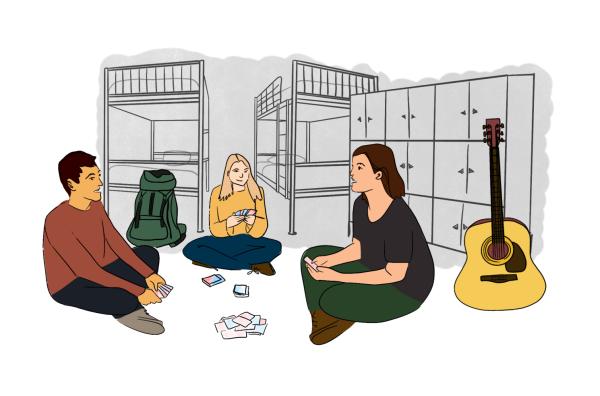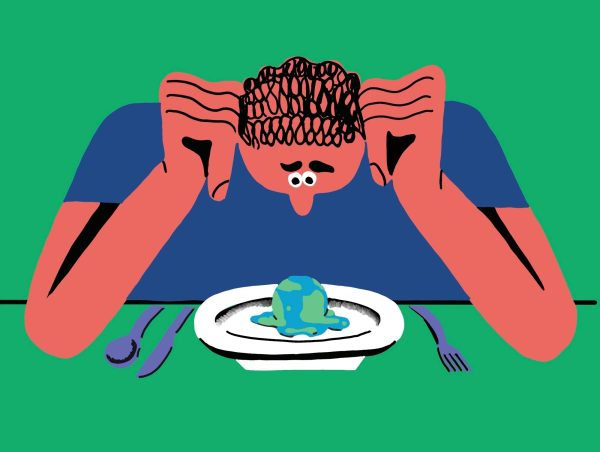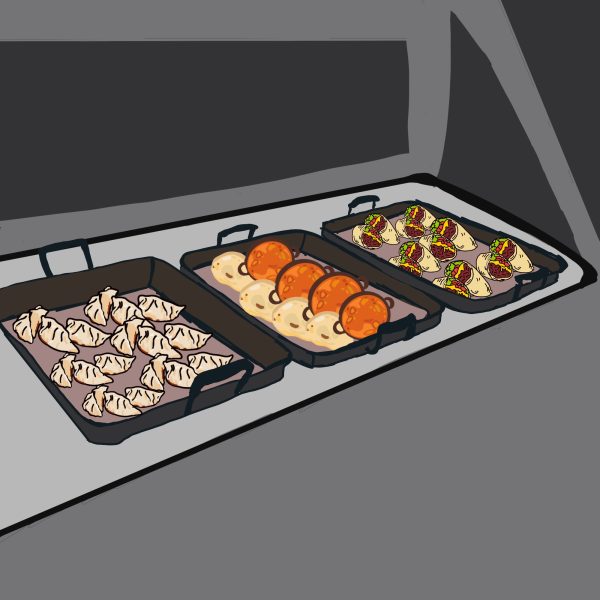Sustainability Column: Fashion Faux Pas?
Did you know that the fashion industry is the second biggest polluter in the world? It is second only to the oil and gas industry (shocker, I know). Now, I know you might start to reason with yourself. Well, everyone wears clothes, and that is a lot of clothing with the 7.4 billion of us. However, a big component of the extraordinary pollution and waste in the industry is due to consumption habits and how the industry functions from design to consumer use.
Last summer, I worked at a fashion company and learned about the massive amount of waste that is created throughout the production process. The amount of samples needed to create one piece of clothing is astronomical. There are fabric samples, item samples, photo samples, so on and so forth. And this is all waste that happens before the product is even on the selling floor! Now, the company I worked for was doing due diligence and recycling all of its samples. However, this is not the industry norm at all.
This waste is just one small piece of the puzzle. For example, say we are producing a t-shirt (One has to account for the energy that it costs to grow the cotton in the U.S., ship that cotton over to wherever you are making the shirt (in my case last summer it was mostly Asia). After the shirt is made it could be shipped to yet another factory (if there is embroidery or anything like that), then it is put on a boat and shipped back to the U.S. distribution center and finally to your home or local store. The shirt has gone around the globe before it even reaches your hands.
Prior to last summer, I never thought of all these little steps that go into getting the clothing to the individual store. It is a very wasteful and exhausting process. This is why it is so crucial that we REUSE all of the clothing we buy and buy clothing of high quality. Clothing doesn’t just grow on trees. It goes back and forth across the globe before it ends up in your home to be worn for three months and then thrown away. The industry from design to consumer use is wasteful and we need to be more cognizant of the impact it has, and not catch on to gimmicks like fast fashion.
There are many companies I recommend looking at that sell used products that are just like new. For example, one of my favorites is Patagonia’s Worn Wear. They patch up old products that have been traded in by customers. One can then go online and buy perfectly used Patagonia clothing for a fraction of the price! Other used clothing companies like ThreadUP, Swap and Tradesy are great options as well.
Many companies like H&M, Madewell and J. Crew are catching on to the sustainability bug and have clothing recycling bins in stores. These are great options, but only if your clothing is so destroyed that it can no longer be worn. Otherwise, it is much better to donate it to someone who can enjoy the item before recycling it.
Most importantly, be conscious of how much energy goes into creating the clothing you wear. If you have to buy new clothes, buy clothing that is high quality. This way it will last a lifetime, not two weeks.
Contact Delaney Pals at [email protected].









